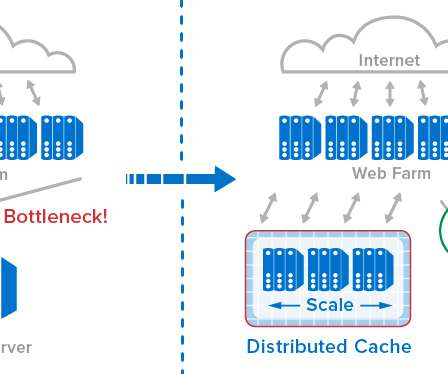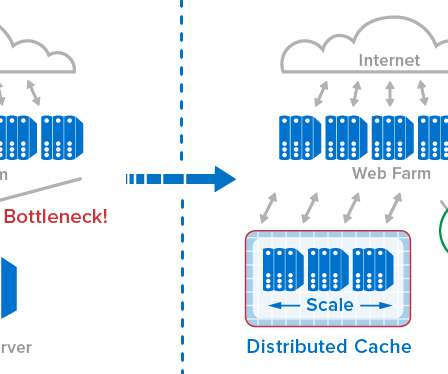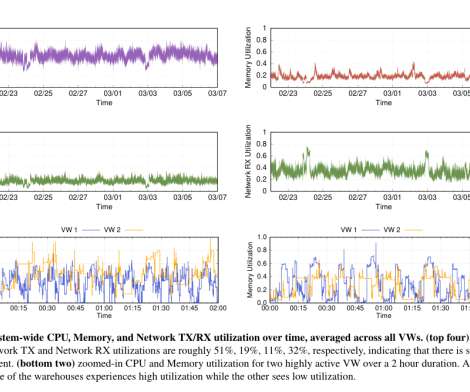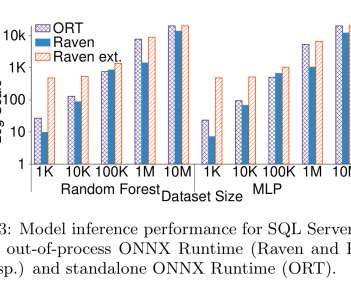What is a Distributed Storage System
Scalegrid
FEBRUARY 8, 2024
Key Takeaways Distributed storage systems benefit organizations by enhancing data availability, fault tolerance, and system scalability, leading to cost savings from reduced hardware needs, energy consumption, and personnel. They maintain fault tolerance and redundancy by replicating this information throughout various nodes in the system.




































Let's personalize your content